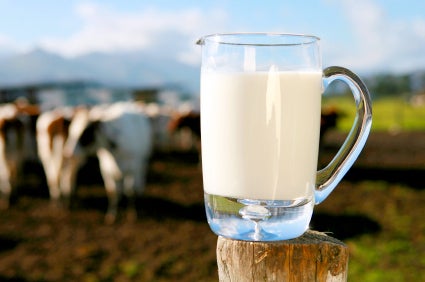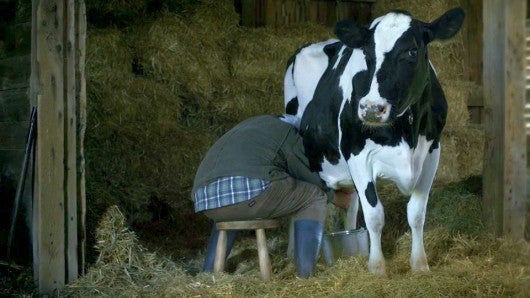Safe and Proper Milk Handling From the Barn to the Fridge
There is nothing like a refreshingly cold glass of milk. Although it is easy enough to grab the milk out of the fridge and pour yourself some, the fact of the matter is that milk has to get put into the fridge somehow. Sure, you can go to the grocery store and grab a jug, but for the beginning farmer the best place to get it is direct from the source, that being a milk cow or goat.
One of the issues you do have to consider when providing milk for your family is whether or not you wish to pasteurize that milk. For some, raw milk is the way to go, whereas for others pasteurization is preferred. There are arguments for and against both raw and pasteurized milk, so it is important to weigh which is best for you before deciding. It must be considered, too, that raw milk sales are illegal in some states, should sales be part of your plan. In the meantime, however, one must remember that the milk as it comes from the cow is raw and needs to be handled properly. Here’s how:
1. Before you begin the milking process, clean off the cow’s udder. There are a lot of ways to do this but a thorough wipe down with a rag and hot water is typically sufficient to remove mud and other debris without being abrasive to the udder or offensive to the cow. With this task completed, grab each teat and pull a few times, disposing of the milk that is expressed in order to remove any bacteria that may be lingering at the end of the teat.
2. When you begin the milking process, do so with a stainless steel bucket. In addition to breaking easily when kicked by a cow, plastic buckets are porous and can harbor bacteria and odor. Having a lid is also useful when it comes to keeping milk in the container should it be jostled by an ornery cow. Additionally, lids help keep unwanted debris from wafting into milk which in turn makes straining milk an easier job.
3. Upon departing the cow, milk should be quickly placed in the refrigerator and cooled to 40 degrees Fahrenheit. The sooner you get your milk cold, the less bacteria will grow. Of course, this is also an ideal time to pasteurize if you so desire. If you have several animals to milk, it is possible to save yourself trips to the house and extend your barn time by placing an ice pack at the bottom of your bucket.
4. Once your milk is ready to be stored, it is best to place it in glass jars for refrigeration. Plastic is too difficult to clean for reuse and can harbor odors and bacteria. Keep milk jars near to the back of the fridge where they will be kept coldest and freshest until use; this will protect them from light and the warmth of an opening and closing refrigerator door.
5. After your day’s milking is complete, be sure to clean and store all equipment properly. Hand washing with soap and hot water is adequate for this purpose as is a quick run through the dishwasher. When the washing is complete set items aside to dry as cloth drying can introduce bacteria as well as fuzz and other unwelcome fibers.
Although there is convenience to be had in purchasing grocery store milk, it simply does not compare to milk that comes from your own personal stock. Knowing and being able to control what goes into your cows affects what comes out, making it possible to make cleaner, healthier choices for your family, not to mention having access to delicious farm fresh milk on a daily basis. All that is missing is the cookies!








 Your Privacy Choices
Your Privacy Choices
Leave a comment